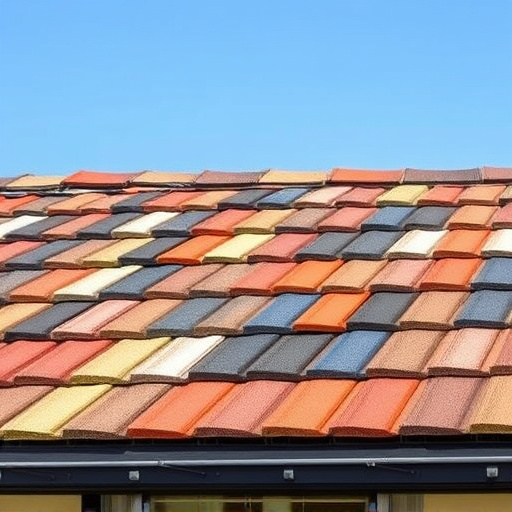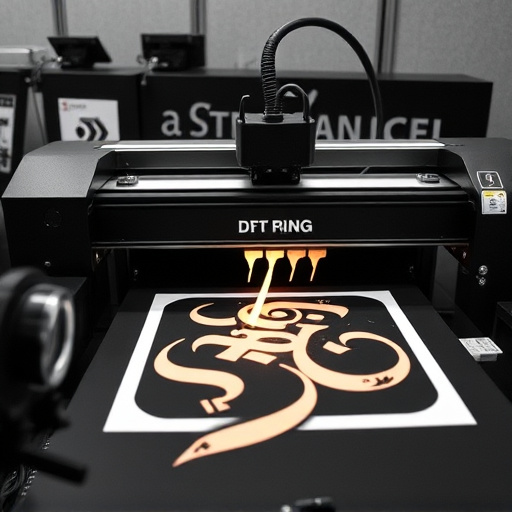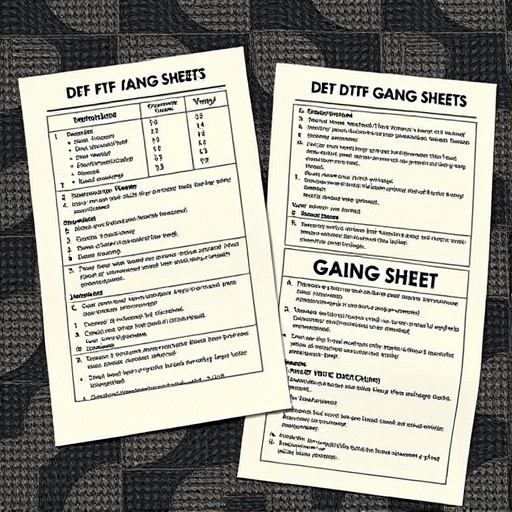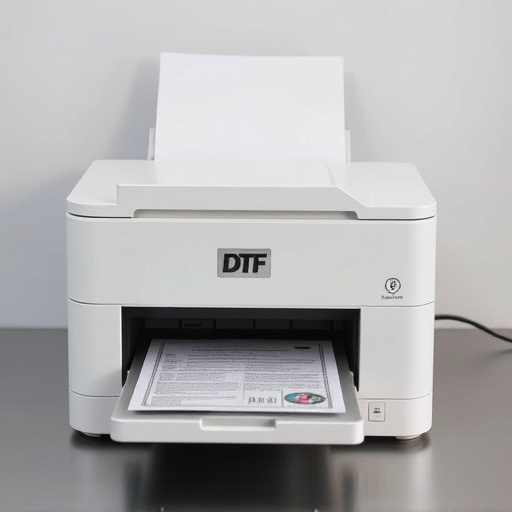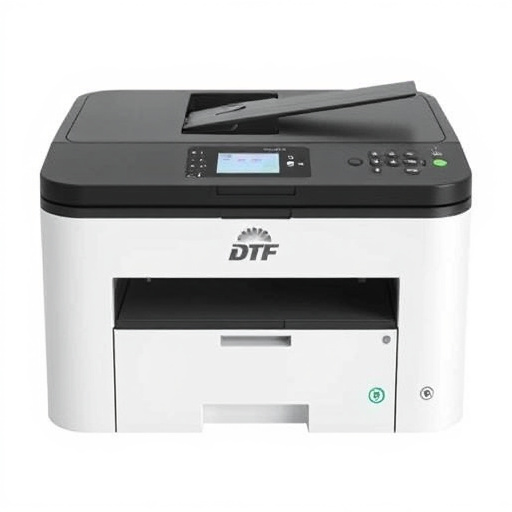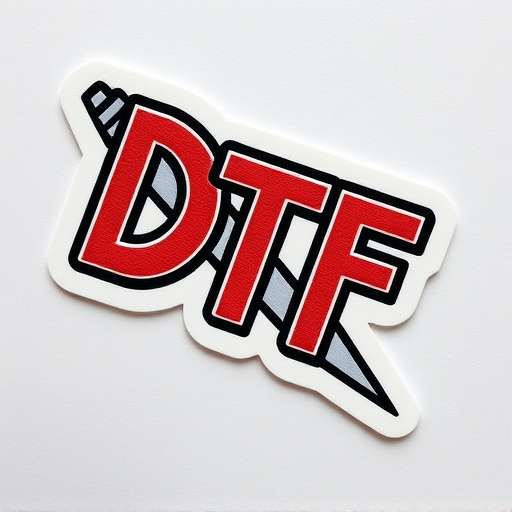Preparing a DTF transfer requires organizing a dedicated space with essential equipment, ensuring good lighting for design inspection, and using suitable materials like cotton blends for vibrant prints. Mastering pressing techniques involves pre-heating fabric, precise alignment, and adjusting temperature/time based on material and ink type to achieve high-quality, crisp results for Ready To Press transfers.
Discover the secrets to mastering DTF (Direct to Film) transfers with this comprehensive guide. Learn best practices for achieving precise and effective results, from preparing your workspace to understanding material compatibility. We’ll walk you through the essential steps, focusing on the pressing technique, ensuring every DTF transfer is ready to press. Optimize your workflow and elevate your printing game today!
- Prepare Your Workspace for DTF Transfer Success
- Understanding Material Compatibility for Optimal Results
- Mastering the Pressing Technique for Precise Transfers
Prepare Your Workspace for DTF Transfer Success

To ensure your DTF (Direct-to-Fabric) transfers are a success, preparing your workspace is a crucial first step. A dedicated and organized area will streamline the process and minimize errors. Start by clearing a large, flat surface for your work station. Gather all necessary equipment, including your DTF printer, heat press machine, cutting tools, and various types of fabric samples. Proper lighting is essential to inspect designs accurately, so ensure your workspace is well-lit. A clean environment also prevents any debris or dust from affecting the quality of your transfers, especially when handling delicate materials like dark fabrics.
With a DTF transfer ready-to-press setup, you’re now equipped to handle bulk DTG shirt production efficiently. The right workspace preparation allows for consistent and high-quality results, catering to both simple and complex design needs, including intricate patterns suitable for dtf printing on dark fabrics.
Understanding Material Compatibility for Optimal Results
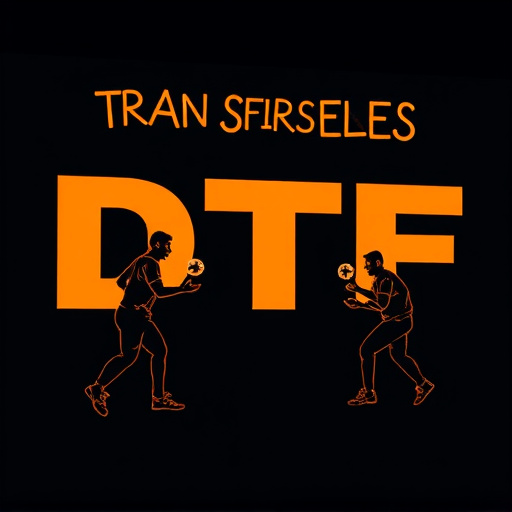
When preparing for a DTF (Direct to Fabric) transfer, understanding material compatibility is key to achieving optimal results. Not all fabrics are created equal, and their unique properties can significantly impact the final print quality. For instance, cotton and polyester blends offer excellent absorbency and adherence for DTF inks, ensuring crisp and vibrant colors in your custom dtf transfers. In contrast, smoother materials like satin or silk may present challenges due to their low porosity, potentially leading to a less effective cold peel dtf transfer process.
To maximize the potential of your DTF printing, select fabrics that are recommended for this technique. This ensures the inks bond securely and resist fading or cracking over time. Whether you’re creating promotional merchandise, fashion items, or art pieces, knowing which materials work best with DTF transfers will save you time, effort, and potentially prevent unwanted results, allowing your designs to truly come alive on a variety of surfaces.
Mastering the Pressing Technique for Precise Transfers

Mastering the pressing technique is key to achieving precise and high-quality DTF (Direct to Fabric) transfers. The process involves applying heat and pressure to transfer ink or designs from a carrier sheet onto a fabric surface. By controlling these factors, you can ensure optimal results, whether working with dtf heat transfer paper, dtf transfer film, or the best dtf printer available.
For DTF transfers that are Ready To Press (RTP), pre-heating the fabric and ensuring proper alignment of the design are crucial steps. Adjusting the pressing time and temperature according to the specific material and ink type is essential for preventing smudging or damaging the fabric. Practicing and experimenting with different settings on your best dtf printer can help you hone your technique, resulting in crisp, vibrant transfers that bring your designs to life.
Pressing a DTF (Direct-to-Film) transfer is an art, and with the right preparation and techniques, you can achieve professional results. By creating a workspace tailored for DTF transfers, selecting compatible materials, and mastering the pressing technique, you’ll ensure precise and high-quality applications. Remember, a DTF transfer ready to press is the first step to transforming your designs into lasting, vibrant art on various surfaces.



